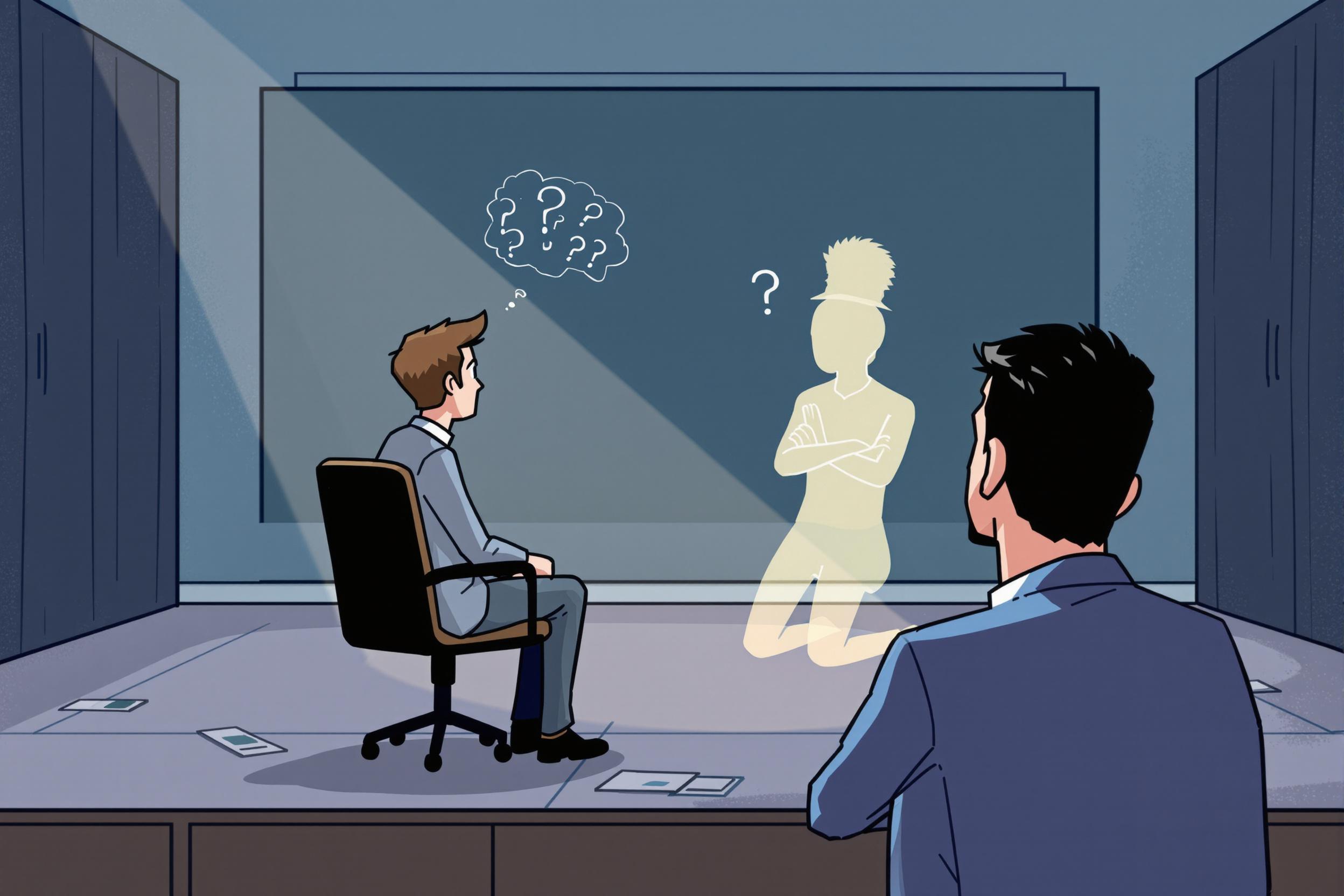
Artifact Restoration
Artifact Restoration is the careful process of repairing and preserving historical objects, artworks, and cultural items to maintain their original condition or prevent further damage. This field combines traditional craftsmanship with modern conservation techniques. Professionals in this area work in museums, cultural institutions, or private conservation studios. Similar terms include "art conservation," "object conservation," or "cultural heritage preservation." Think of it as giving historical items expert care to ensure they last for future generations to study and enjoy.
Examples in Resumes
Led conservation project to preserve 18th-century ceramics using Artifact Restoration techniques
Performed detailed Art Conservation work on Renaissance paintings
Applied Cultural Heritage Preservation methods to restore archaeological findings
Supervised Artifact Restoration projects for major museum exhibitions
Typical job title: "Artifact Conservators"
Also try searching for:
Where to Find Artifact Conservators
Professional Organizations
Job Boards
Professional Networks
Example Interview Questions
Senior Level Questions
Q: How do you approach a complex restoration project with multiple damaged materials?
Expected Answer: A senior conservator should discuss assessment procedures, documentation methods, creating treatment plans, considering various conservation approaches, and managing a team of specialists when needed.
Q: Tell me about a challenging preservation project you managed and how you solved unexpected problems.
Expected Answer: Should demonstrate leadership experience, problem-solving abilities, knowledge of various conservation techniques, and ability to adapt plans when faced with complications.
Mid Level Questions
Q: What factors do you consider when choosing conservation materials?
Expected Answer: Should explain consideration of object age, material composition, environmental conditions, reversibility of treatments, and long-term preservation needs.
Q: How do you document your restoration process?
Expected Answer: Should discuss photography, condition reports, treatment proposals, progress documentation, and final reporting methods.
Junior Level Questions
Q: What are the basic principles of artifact handling?
Expected Answer: Should cover proper handling techniques, use of gloves, environmental controls, and basic safety procedures for different types of materials.
Q: What's your process for assessing an artifact's condition?
Expected Answer: Should describe basic examination techniques, identifying damage types, and creating initial condition reports.
Experience Level Indicators
Junior (0-2 years)
- Basic handling and cleaning techniques
- Documentation and report writing
- Understanding of conservation materials
- Knowledge of safety procedures
Mid (2-5 years)
- Independent project management
- Advanced conservation techniques
- Environmental monitoring
- Condition assessment expertise
Senior (5+ years)
- Project leadership and training
- Complex restoration planning
- Research and publication experience
- Policy development
Red Flags to Watch For
- No formal conservation training or education
- Lack of hands-on experience with different materials
- Poor documentation practices
- No knowledge of preservation ethics
- Unfamiliarity with environmental controls
Related Terms
Need more hiring wisdom? Check these out...

Resume Optimizations that Candidates Do to Get Past AI Hiring Filters

Refining Job Descriptions to Expand Applicant Pools: Casting a Wider Talent Net

Building an Unshakable ATS Data Governance Framework: A Guide to Protecting Your Recruitment Goldmine

